The Best Gold ETFs With Low Costs
These gold ETFs offer investors multiple low-cost ways to play the metal, from direct exposure to stock-related angles.


It's a good time to be a proponent of gold and gold ETFs (exchange-traded funds). The cost of investing in gold through funds continues to trickle lower, and the variety of ways to get exposure to gold continues to grow.
And the price of gold continues to trend higher amid monetary and fiscal policy uncertainty in the U.S. and increased buying from central banks in Asia diversifying their foreign reserves.
At the same time, a recent study conducted by State Street Global Advisors and the World Gold Council found that many financial advisers view gold as a "global asset with a multitude of both strategic and tactical drivers."
The survey found that 35% of the advisers surveyed said their clients have expressed a desire to invest in gold. These demand drivers make "a strong case" for gold in the year ahead, State Street says.
Why should I invest in gold?
Gold investors typically tout several virtues of the yellow metal. For one, it provides a hedge against inflation. It's also an uncorrelated asset that doesn't move with the stock market. And it can grow in value amid high and rising domestic and/or geopolitical uncertainty.
Indeed, according to a separate study from State Street Global Advisors, the majority of high-net-worth investors surveyed appreciate gold's safe-have status. They also invest in gold because it's a tangible asset and they also use it to preserve wealth.
According to those surveyed, 69% feel that gold ETFs are the best way to invest in the precious metal and 68% believe it is cheaper to invest in exchange-traded funds vs actual bullion.
What are the best gold ETFs?
Before you use these commodity ETFs to diversify your portfolio, it's a good idea to learn the ins and outs of gold investing.
The first thing you need to know about gold is that it has "has generated disappointing long-term returns compared to stocks," says Dan Burrows, senior investing writer at Kiplinger.com. That's one of 10 facts he enumerates in his article on what you need to know about investing in gold.
Another point Dan makes is that if you invest in gold, make it a small portion (5%) of your portfolio. And ETFs, specifically, allow for liquidity, low expenses and ease of use.
Here are seven low-cost gold ETFs that provide efficient exposure to the precious metal.
Our list includes the most ubiquitous gold ETFs on the market – funds you'll read about in daily commodity wrap-ups – as well as a few that aren't as well-covered but might make more sense for you than their better-known brethren.
Data is as of March 24.
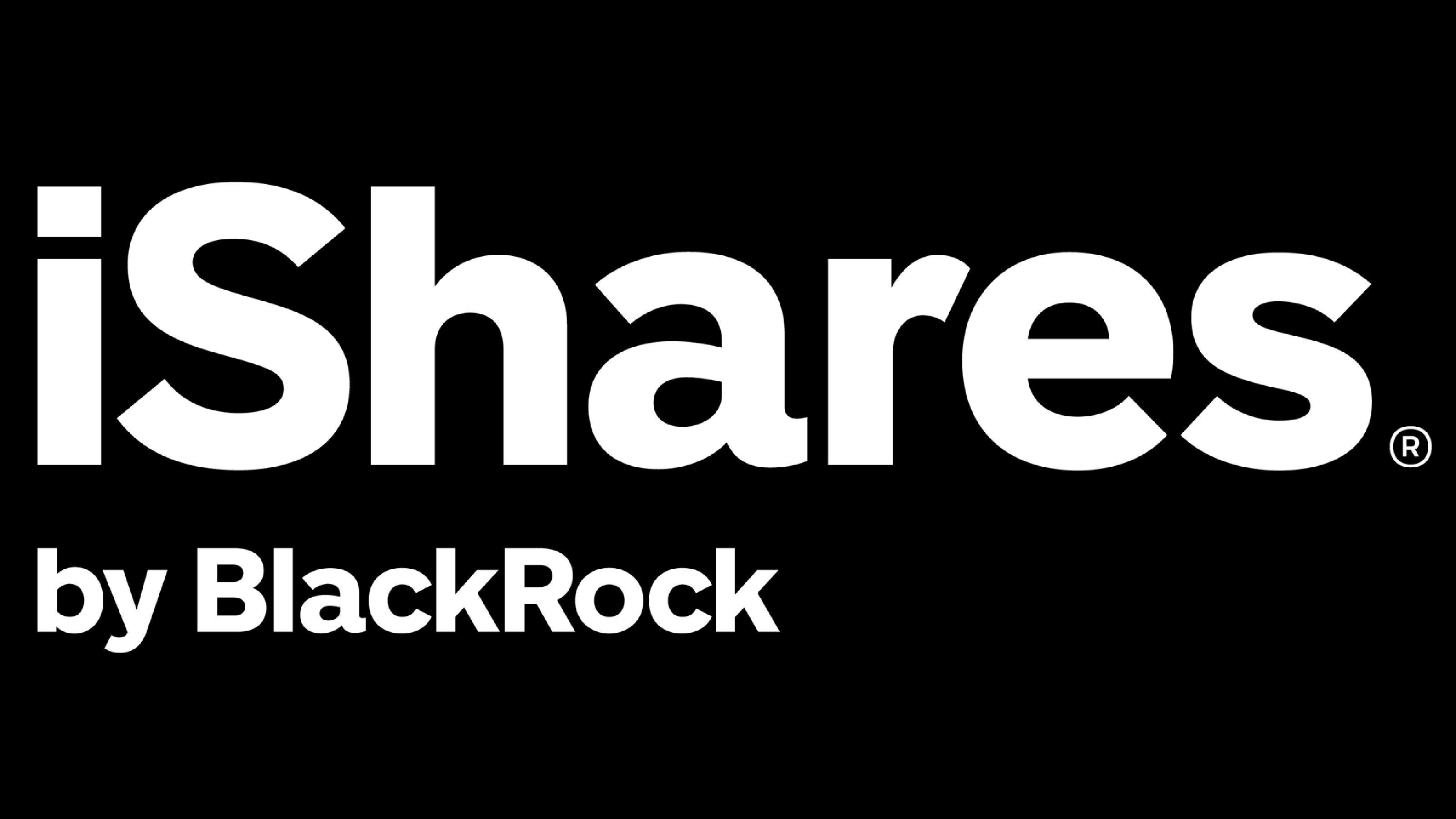
iShares Gold Trust
- Assets under management: $41.0 billion
- Expenses: 0.25%, or $25 annually for every $10,000 invested
The iShares Gold Trust (IAU), one of the biggest gold ETFs by assets, has long been a premier low-cost option for investors. IAU's cheap fees and its relative longevity have helped it amass about $41 billion in assets under management.
The ETF's shares are meant to represent a fraction of an ounce of gold. Gargi Chaudhuri, head of iShares Investment Strategy Americas at BlackRock, says that IAU "allows for a cost-effective way of accessing the gold market instead of owning the physical gold bullion."
This is still one of the best gold ETFs out there, but it isn't as liquid as the SPDR Gold Shares (GLD), which we'll get to momentarily. And its bid-ask spreads aren't as tight, so it's not ideal for short-term traders. However, its significantly lower cost than GLD makes it a better buy for long-term buy-and-holders.
Let's say you wanted to invest $10,000 for 30 years. And let's assume about 5% annual growth. IAU would end up saving you $1,770 in fees and opportunity cost vs GLD over the life of the investment. Not bad.
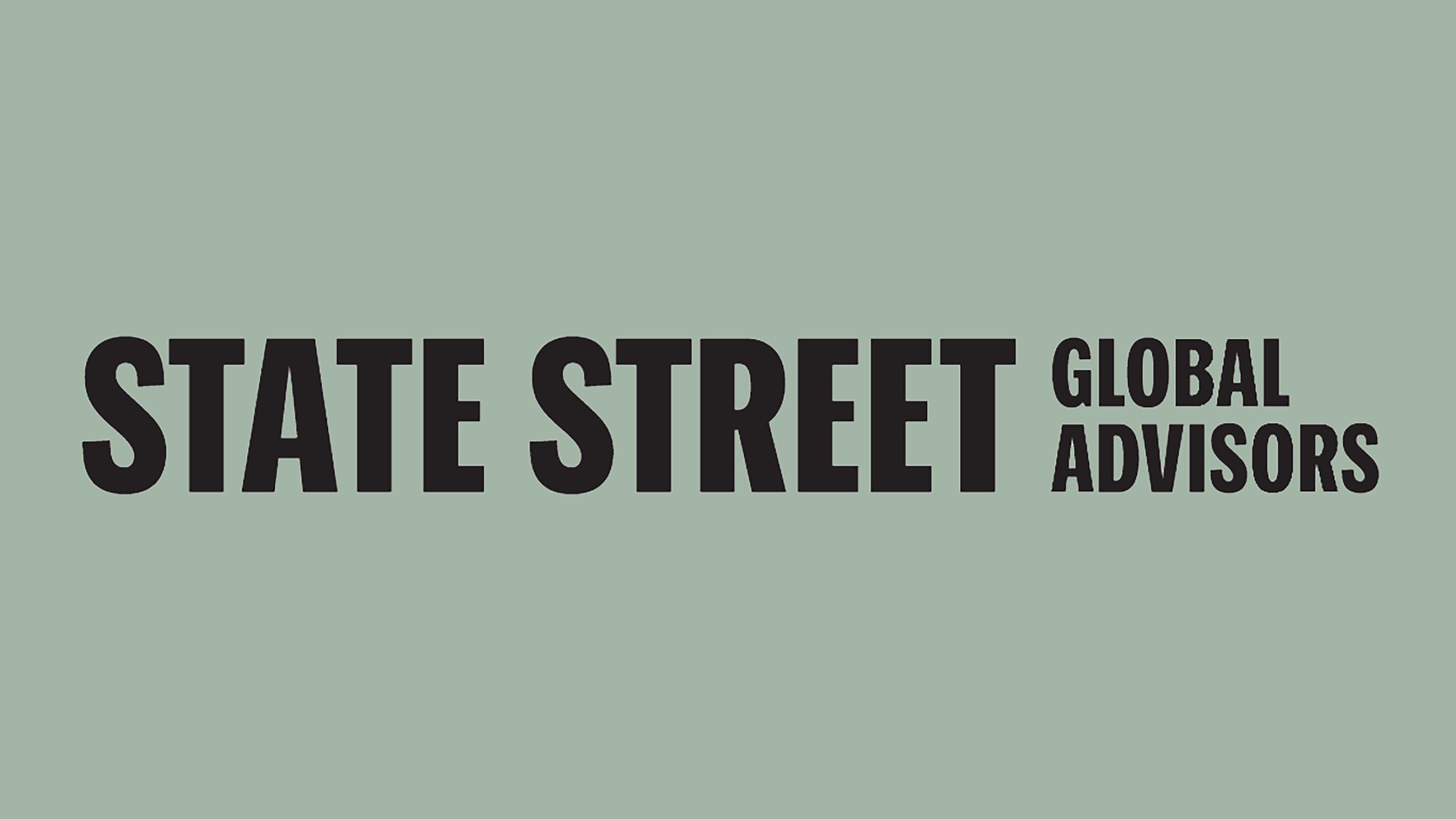
SPDR Gold Shares
- Assets under management: $89.8 billion
- Expenses: 0.40%
The SPDR Gold Shares (GLD) is the prototypical gold fund: It represents fractional interest in physical gold bullion stored in vaults. That allows investors to participate in the upside of gold prices without having to deal with the hassles of physically storing, protecting and insuring bullion or coins.
The SPDR Gold Shares debuted in November 2004, making it the oldest U.S.-traded gold ETF, albeit by just two months. But being first to market – especially in a major category like physical gold – has, historically speaking, been a massive advantage for fund providers.
To wit, GLD is also the largest U.S.-traded gold ETF by a country mile. IAU, the second-largest gold ETF, doesn't even boast half of GLD's $90 billion in assets – and yes, it's the very same fund that debuted two months after SPDR's gold ETF.
GLD has one glaring downside: a relatively high expense ratio. Several competitors successfully exploited that for some time, though SPDR finally addressed it. (More on that in a minute.)
However, the sheer size and popularity of one of Wall Street's best gold ETFs has several benefits for traders: The fund is extremely liquid and has tight bid-ask spreads, and its options market is more robust than any other traditional gold fund.
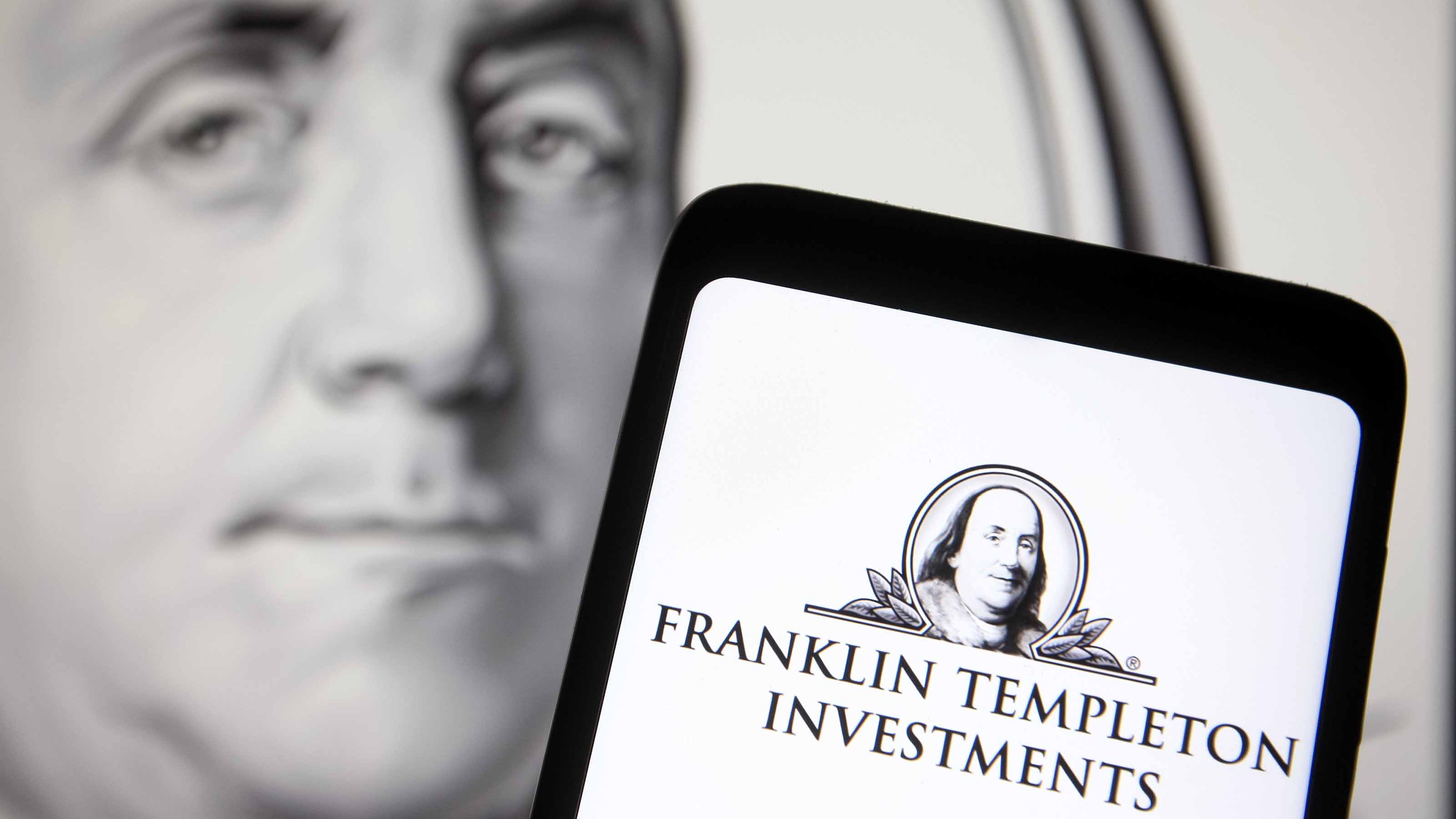
Franklin Responsibly Sourced Gold ETF
- Assets under management: $170.5 million
- Expenses: 0.15%
ESG investing is found even among the best gold ETFs. The Franklin Responsibly Sourced Gold ETF (FGDL), like the aforementioned gold funds, represents the physical metal.
How the Franklin Responsibly Sourced Gold ETF tries to differentiate itself is where its gold comes from. Per Franklin Templeton:
"Gold sourced from LBMA accredited refiners that are required to demonstrate their efforts to respect the environment and combat money laundering, terrorist financing and human rights abuses in accordance with the LBMA's Responsible Gold Guidance."
This potentially more eco- and human-friendly approach doesn't appear to weigh on performance, either. FGDL doesn't have much of a trading history – it launched in June 2022 – but so far, it's behaving just like its rivals.
This gold ETF isn't hard on the wallet, either, charging an extremely competitive 0.15% in annual fees.
Learn more about FGDL at the Franklin Templeton provider site.

iShares Gold Trust Micro
- Assets under management: $2.0 billion
- Expenses: 0.09%
Gold ETFs have fought a massive fee war over the past few years.
For a while, a couple of smaller players – including the GraniteShares Gold Trust (BAR) and abrdn Physical Gold Shares ETF (SGOL) – undercut both GLD and IAU with sub-0.20% annual expenses.
Fast-forward to 2018, and SPDR launched the SPDR Gold MiniShares Trust (GLDM) – similar to IAU in that each share represents 1/100th of an ounce of gold rather than 1/10th – at a 0.18% annual fee, giving SPDR a much more price-competitive fund to pit against BAR and SGOL.
That gave SPDR a total threat in the gold space, offering both a dirt-cheap product (GLDM) for buy-and-hold retail investors, as well as a high-volume trading product (GLD) for institutional and other accounts.
However, iShares fired back in summer 2021 with the iShares Gold Trust Micro (IAUM) at 0.15%, making it the low-cost leader among gold ETFs. Then in spring 2022, SPDR punched back by lowering GLDM to just 0.10 %.
But – as of now – iShares is enjoying the last laugh, having dipped just underneath GLDM again with a mere nine-basis-point fee.
IAUM has one other noteworthy trait: Shares cost around $30 at present. That's an even more digestible number than the nearly $60 per-share cost of both sister fund IAU and rival GLDM, making it one of the best ETFs to buy for beginners working with smaller dollar amounts.
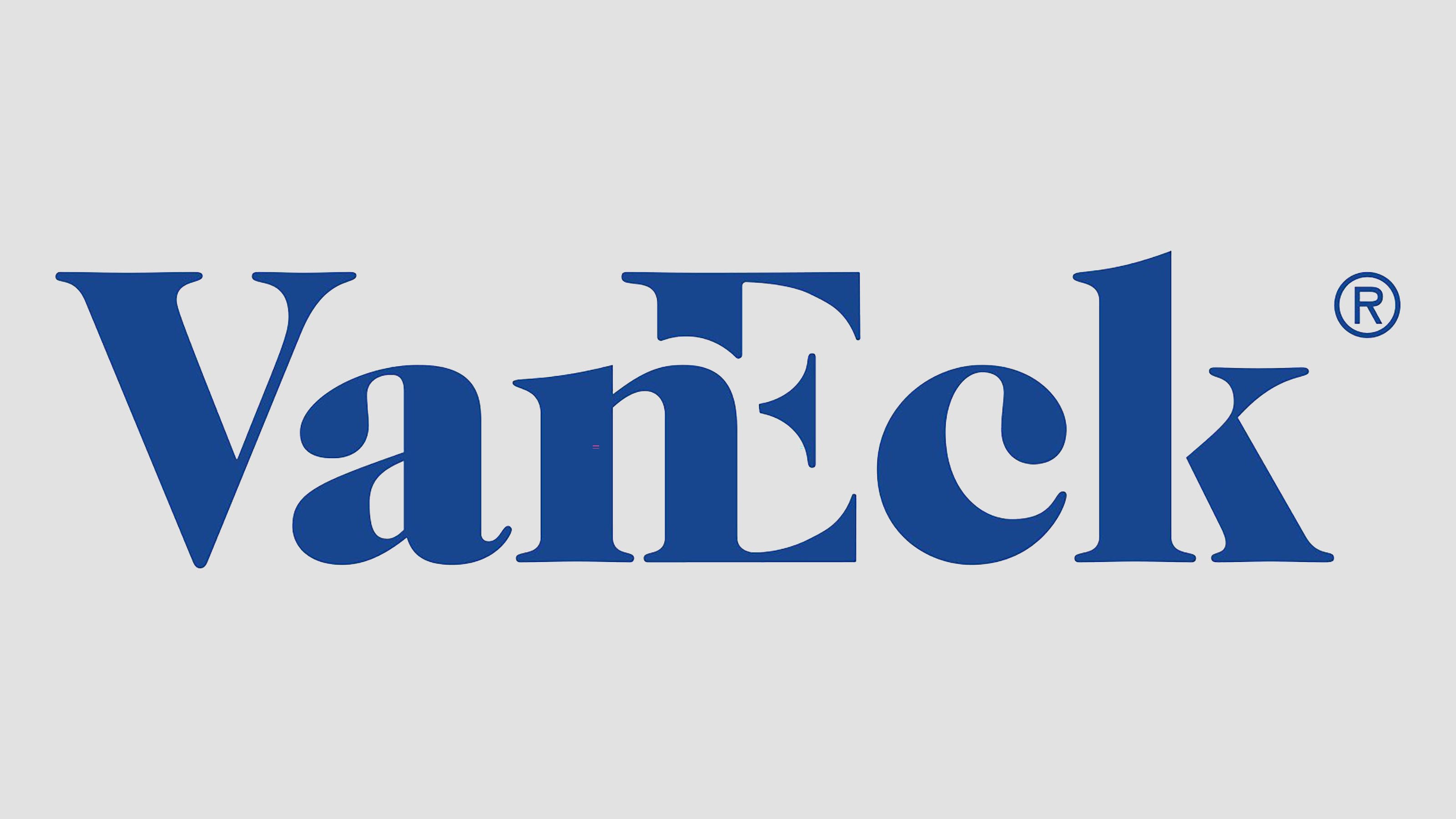
VanEck Gold Miners ETF
- Assets under management: $14.6 billion
- Expenses: 0.51%
Gold ETFs that represent physical holdings are the most direct way to invest in gold via the stock market. But you can also play gold via mining stocks.
Here's a very short explanation of the fundamentals: Gold miners extract gold ore from a mine and then process it into gold. They try to do that at a cost that's less than the price they sell the gold for, generating a profit.
The ideal situation is to hold gold miners that have low costs of production while gold prices are both increasing and higher than those companies' costs to produce the gold.
One popular way to play this industry is the VanEck Gold Miners ETF (GDX) – a collection of roughly 60 companies in the gold mining industry.
The fund is weighted by market cap, which means the bigger the stock, the greater the percentage of assets GDX invests in it. The ETF is heavily weighted, then, in bigger miners such as Newmont (NEM, 12% of assets), Agnico Eagle Mines (AEM, 11.65%) and Wheaton Precious Metals (WPM, 7.5%). In fact, 64% of the fund's assets are concentrated in just the top 10 holdings.
That'd be more of a concern in a broad-market ETF where the supposed goal is wide sector/industry diversification. But, like how some energy ETFs are effectively an indirect play on oil prices, GDX is an indirect play on gold prices. All of its holdings will move somewhat similarly based on the underlying commodity, so the lopsided exposure isn't as worrisome.
But you should note that gold stocks tend to be more reactive to the price of gold than gold ETFs that actually hold the metal. In other words, when GLD improves, GDX tends to improve more (and vice versa). That's great in boom times and good for shorter-term trades. But it can also mean more pain in bust times and less stability over the long term.

VanEck Vectors Junior Gold Miners ETF
- Assets under management: $5.2 billion
- Expenses: 0.52%*
Another way to leverage gold that's even riskier than traditional miners but also has more "pop" potential: junior miners.
When you think of mining companies, you tend to think of the companies in GDX – they operate mines, process the ore and sell the gold. But there's a lot that goes on first, and that's where junior gold miners come in.
Junior miners employ engineers and geologists to help discover new gold deposits, determine how big their resources are and even help start mines up. They are high-risk companies given the nature of their work. A seemingly promising project could turn south overnight, decimating the value of the stock.
These small companies typically aren't flush with cash, either, so there's not much of a backstop should disaster strike. The flip side? Success can send these stocks flying quickly. Holding one or two of these stocks can be extremely risky.
If you want exposure to this type of gold play, the VanEck Vectors Junior Gold Miners ETF (GDXJ) spreads the risk across 90 or so such companies – names such as Alamos Gold (AGI, 6.9%), Pan American Silver (PAAS, 6.3%) and Harmony Gold Mining (HMY, 6.0%).
Although this index fund has more holdings and is less top-heavy than GDX – top-10 holdings account for just 44% of the fund's assets – the riskier nature of junior miners results in slightly more volatile performance, for better or worse.
* 0.50% in management fees and 0.02% in other expenses
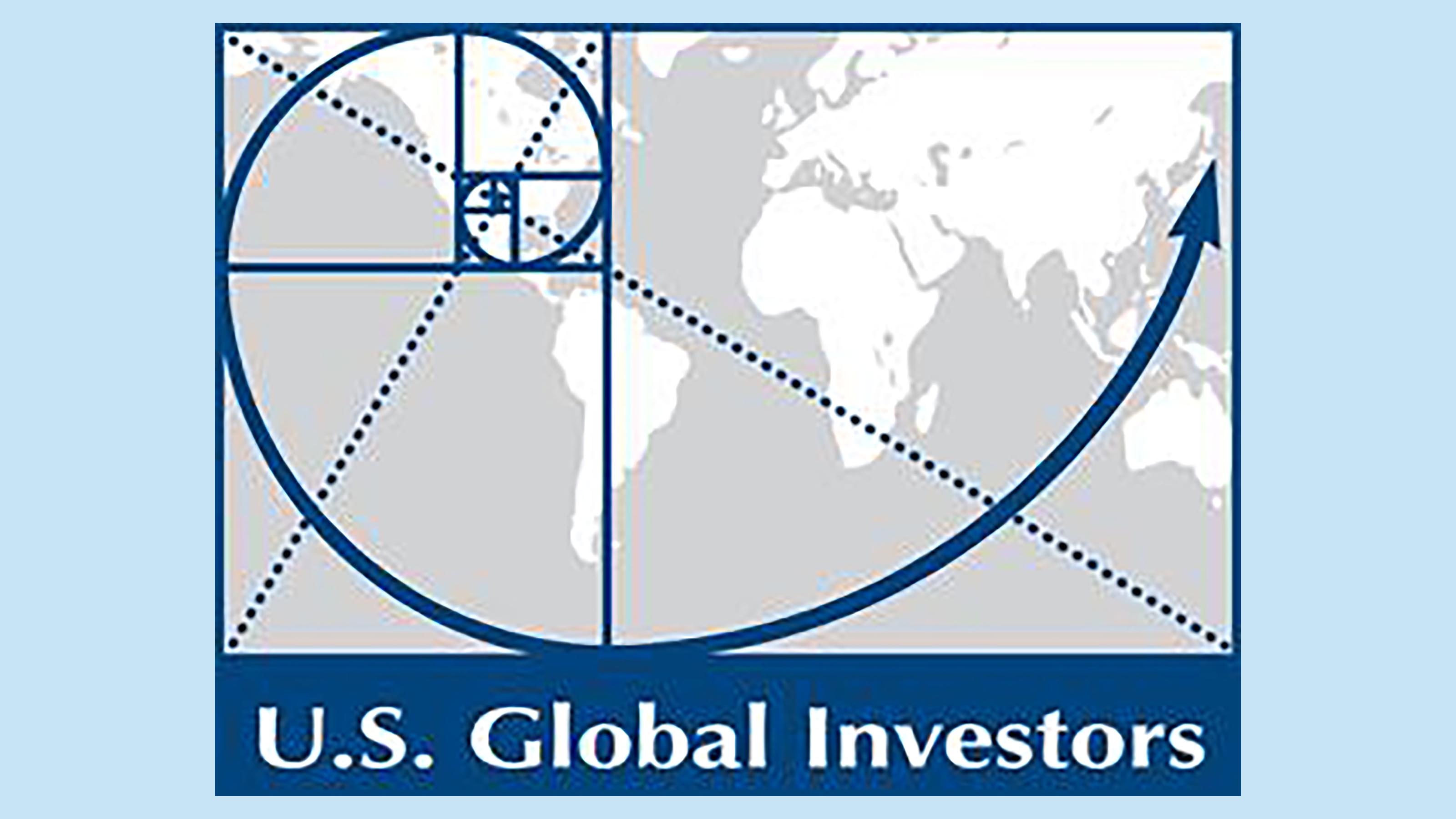
U.S. Global GO GOLD and Precious Metal Miners ETF
- Assets under management: $103.6 million
- Expenses: 0.60%
One last option puts you in touch with miners of not just gold but other precious metals.
The U.S. Global GO GOLD and Precious Metal Miners ETF (GOAU) is another tight portfolio, holding fewer than 30 companies engaged in the production of gold or other precious metals, whether actively (say, mining) or passively (owning royalties or production streams).
That's not a bad deal considering that many of the same factors that can drive gold higher, such as a sliding U.S. dollar, can also lift other precious metals and the companies that dig for them.
Top holdings at present include the likes of Franco-Nevada (FNV, 10%) and Wheaton Precious Metals (9.8%), royalty-and-streaming companies, and Royal Gold (RGLD, 9.5%), which deals in streaming agreements tethered to gold, silver and other precious metals.
Learn more about GOAU at the U.S. Global Investors provider site.
Related content
Get Kiplinger Today newsletter — free
Profit and prosper with the best of Kiplinger's advice on investing, taxes, retirement, personal finance and much more. Delivered daily. Enter your email in the box and click Sign Me Up.
Kyle Woodley is the Editor-in-Chief of WealthUp, a site dedicated to improving the personal finances and financial literacy of people of all ages. He also writes the weekly The Weekend Tea newsletter, which covers both news and analysis about spending, saving, investing, the economy and more.
Kyle was previously the Senior Investing Editor for Kiplinger.com, and the Managing Editor for InvestorPlace.com before that. His work has appeared in several outlets, including Yahoo! Finance, MSN Money, Barchart, The Globe & Mail and the Nasdaq. He also has appeared as a guest on Fox Business Network and Money Radio, among other shows and podcasts, and he has been quoted in several outlets, including MarketWatch, Vice and Univision. He is a proud graduate of The Ohio State University, where he earned a BA in journalism.
You can check out his thoughts on the markets (and more) at @KyleWoodley.
-
 5 Historic Philadelphia Homes for Sale Now
5 Historic Philadelphia Homes for Sale NowPhiladelphia is a goldmine of historic properties that rival the best in New York, London and Paris for charm and opulence. Here are five gems you can own.
By Charlotte Gorbold
-
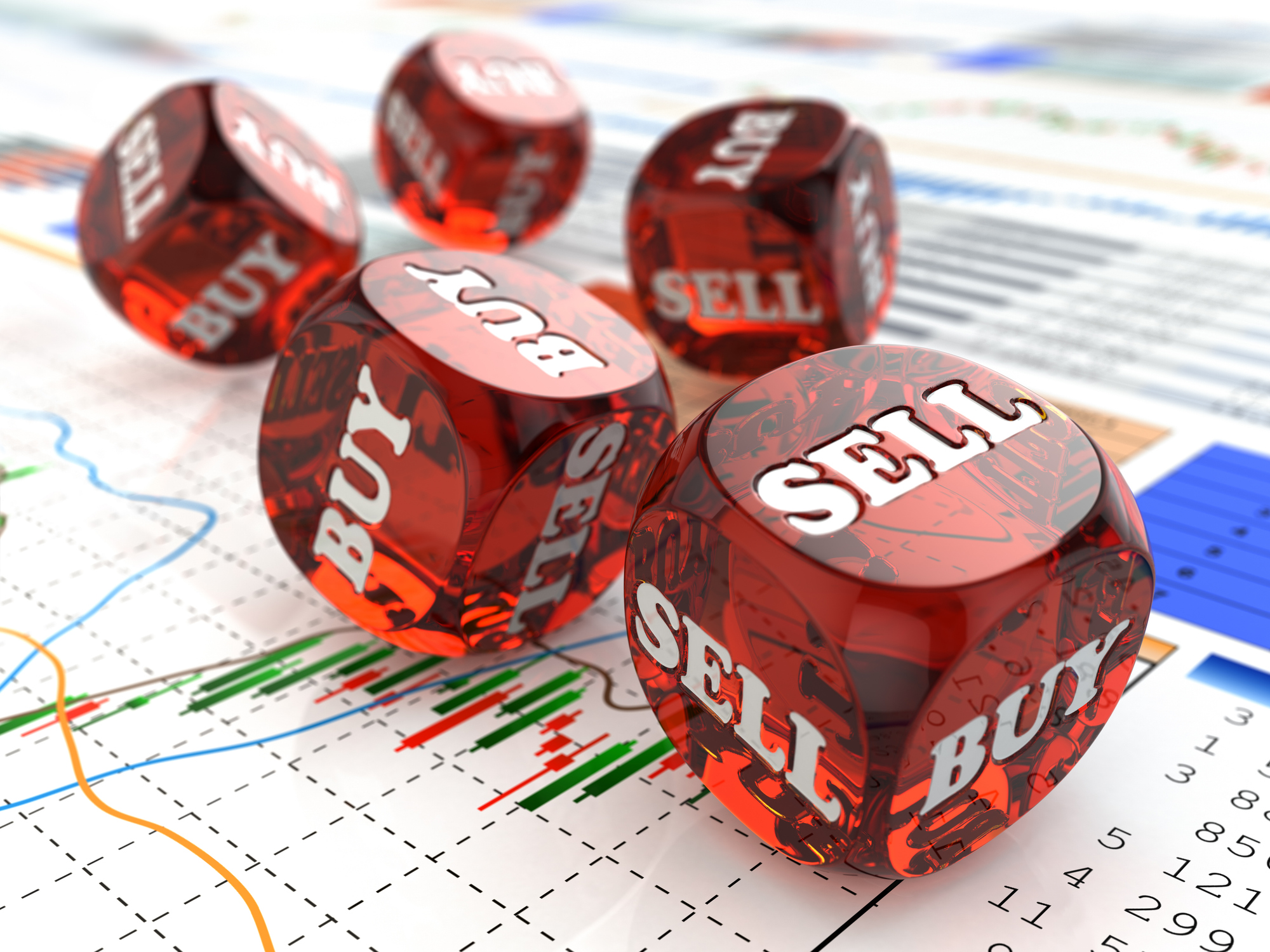 When to Sell Your Stock
When to Sell Your StockKnowing when to sell a stock is a major decision investors must make. While there's no one correct answer, we look at some best practices here.
By Charles Lewis Sizemore, CFA
-
 When to Sell Your Stock
When to Sell Your StockKnowing when to sell a stock is a major decision investors must make. While there's no one correct answer, we look at some best practices here.
By Charles Lewis Sizemore, CFA
-
 Within Five Years of Retirement? Five Things to Do Now
Within Five Years of Retirement? Five Things to Do NowIf you're retiring in the next five years, your to-do list should contain some financial planning and, according to current retirees, a few life goals, too.
By Evan T. Beach, CFP®, AWMA®
-
 The Home Stretch: Seven Essential Steps for Pre-Retirees
The Home Stretch: Seven Essential Steps for Pre-RetireesThe decade before retirement is the home stretch in the race to quit work — but there are crucial financial decisions to make before you reach the finish line.
By Mike Dullaghan, AIF®
-
 Stock Market Today: Great Power Affairs Mesmerize Markets
Stock Market Today: Great Power Affairs Mesmerize MarketsThe U.S. and China are at least talking about talking about tariffs, and investors, traders and speculators are showing a little less fear.
By David Dittman
-
 Three Options for Retirees With Concentrated Stock Positions
Three Options for Retirees With Concentrated Stock PositionsIf a significant chunk of your portfolio is tied up in a single stock, you'll need to make sure it won't disrupt your retirement and legacy goals. Here's how.
By Evan T. Beach, CFP®, AWMA®
-
 Four Reasons It May Be Time to Shop for New Insurance
Four Reasons It May Be Time to Shop for New InsuranceYou may be unhappy with your insurance for any number of reasons, so once you've decided to shop, what is appropriate (or inappropriate) timing?
By Karl Susman, CPCU, LUTCF, CIC, CSFP, CFS, CPIA, AAI-M, PLCS
-
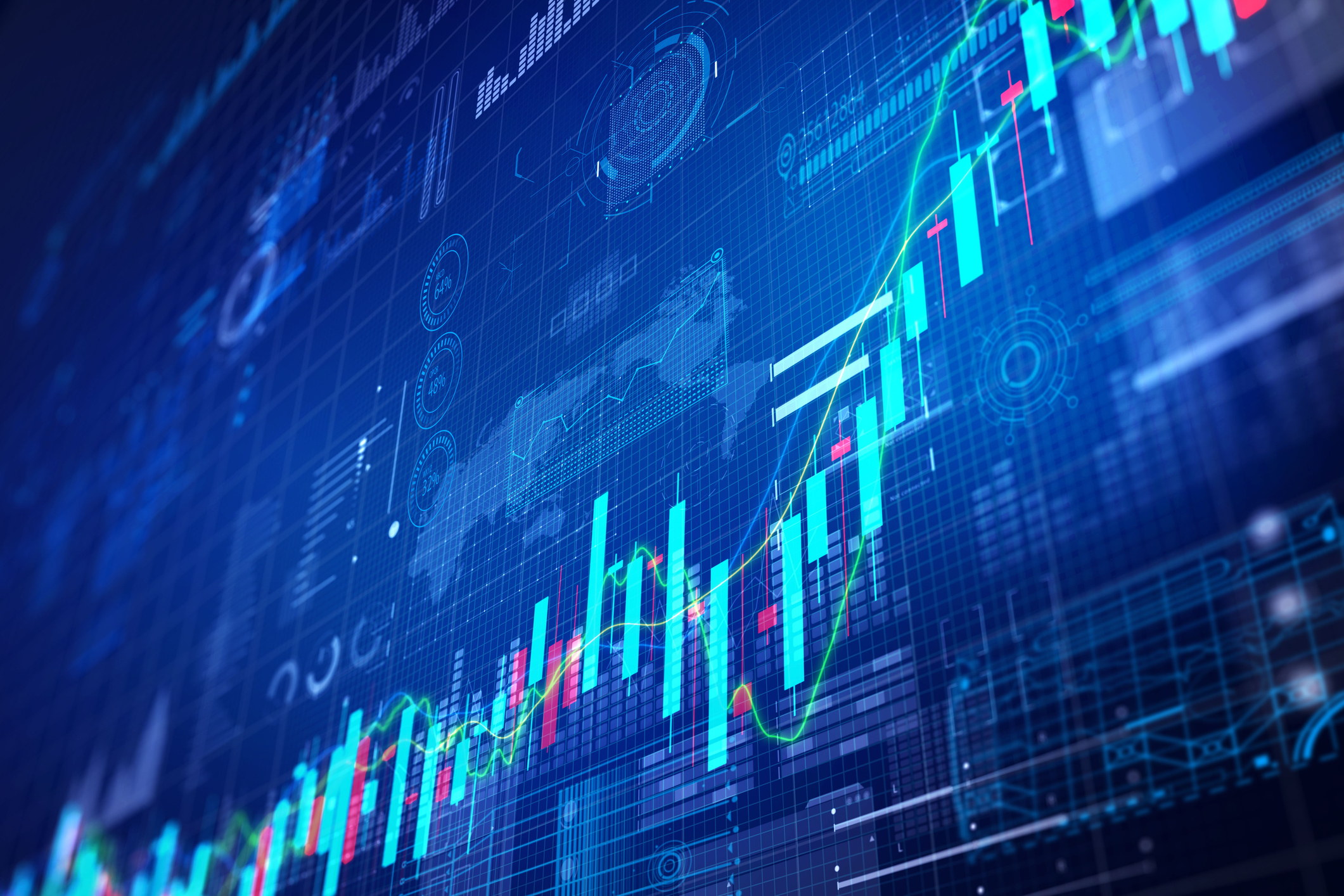 Stock Market Today: Stocks Rise on Good Volatility
Stock Market Today: Stocks Rise on Good VolatilityInvestors, traders and speculators continue to process the "known unknown" of global tariff-and-trade war negotiations.
By David Dittman
-
 Before You Invest Like a Politician, Consider This Dilemma
Before You Invest Like a Politician, Consider This DilemmaAs apps that track congressional stock trading become more popular, investors need to take into consideration some caveats.
By Ryan K. Snover, Investment Adviser Representative
